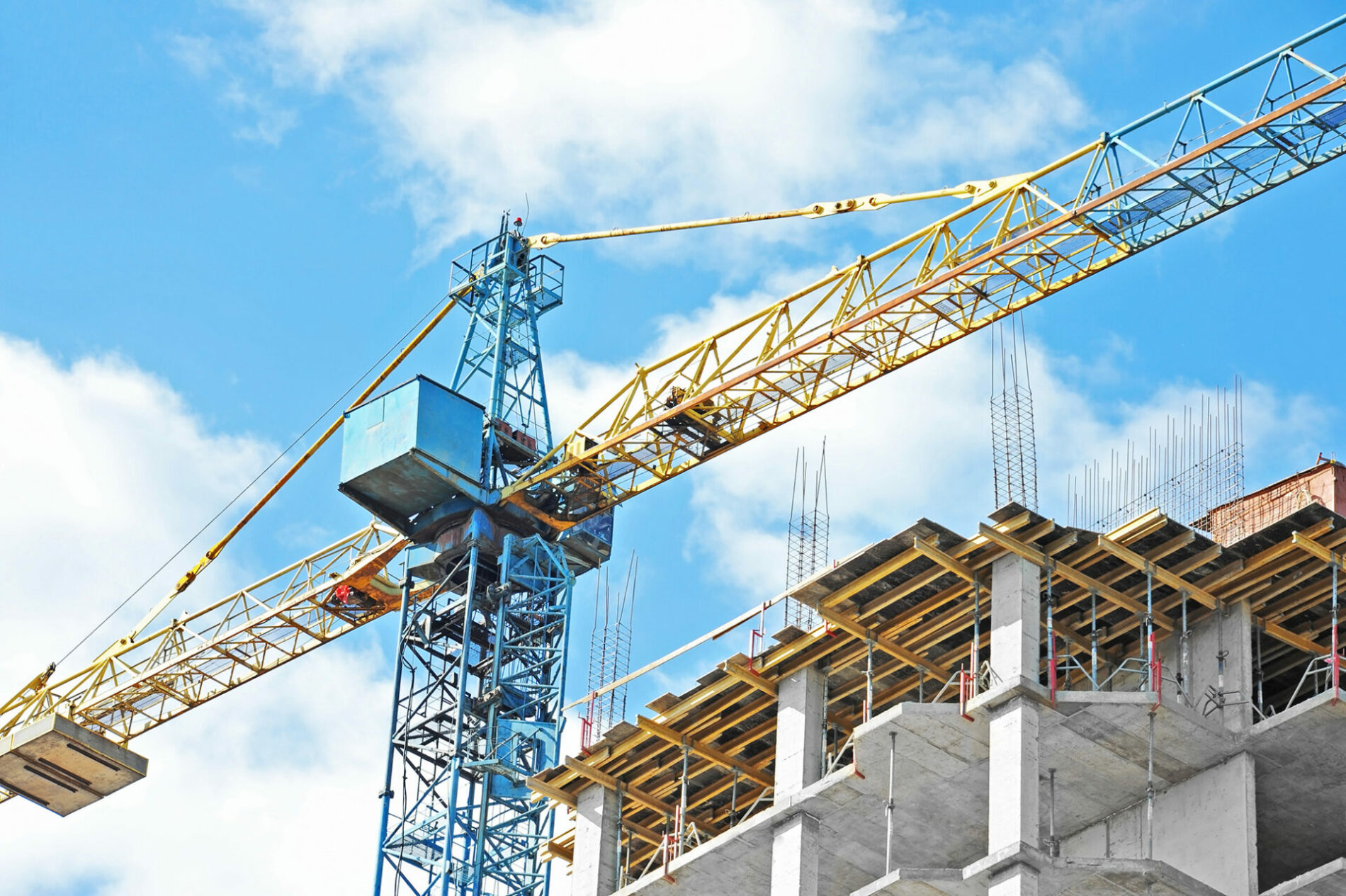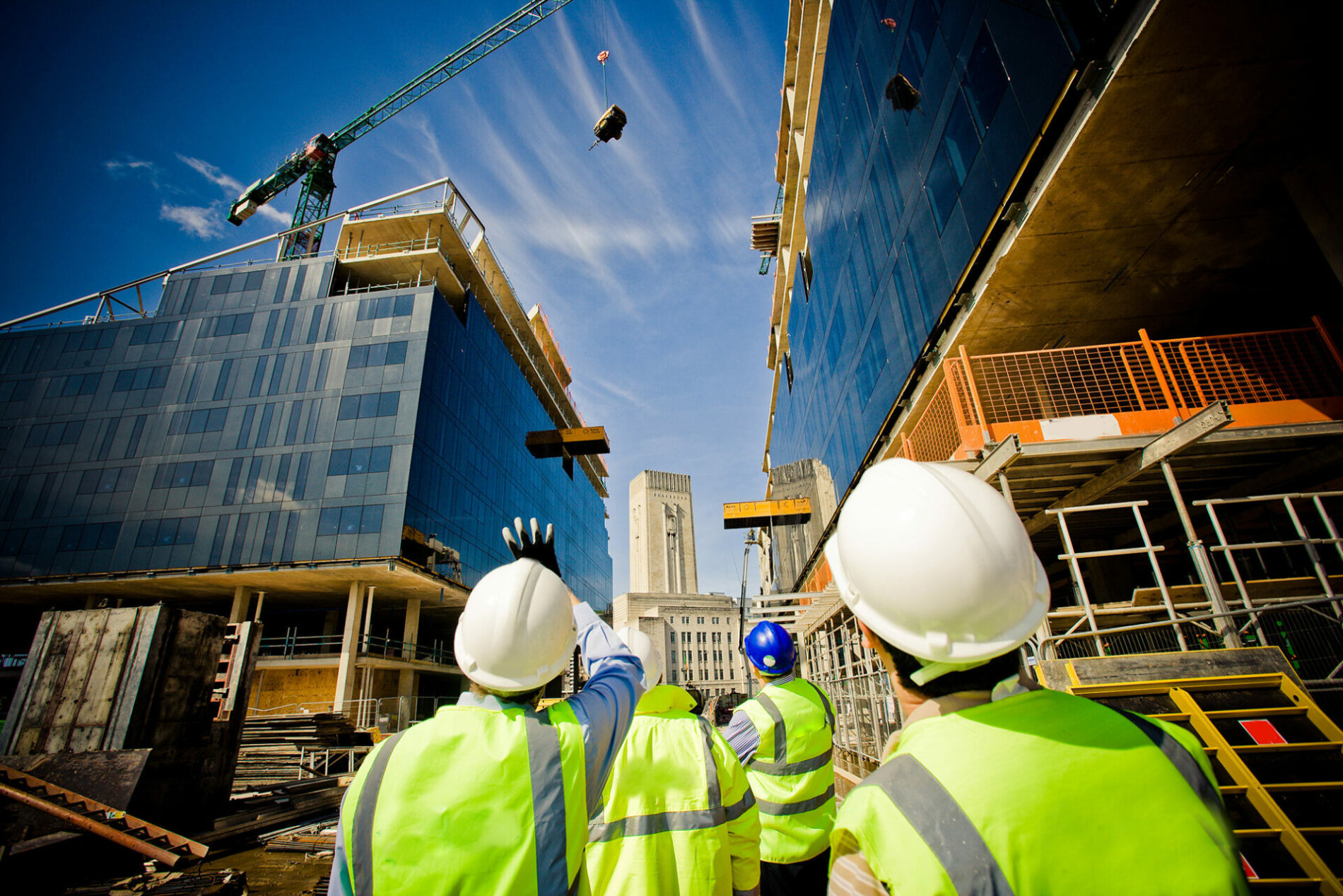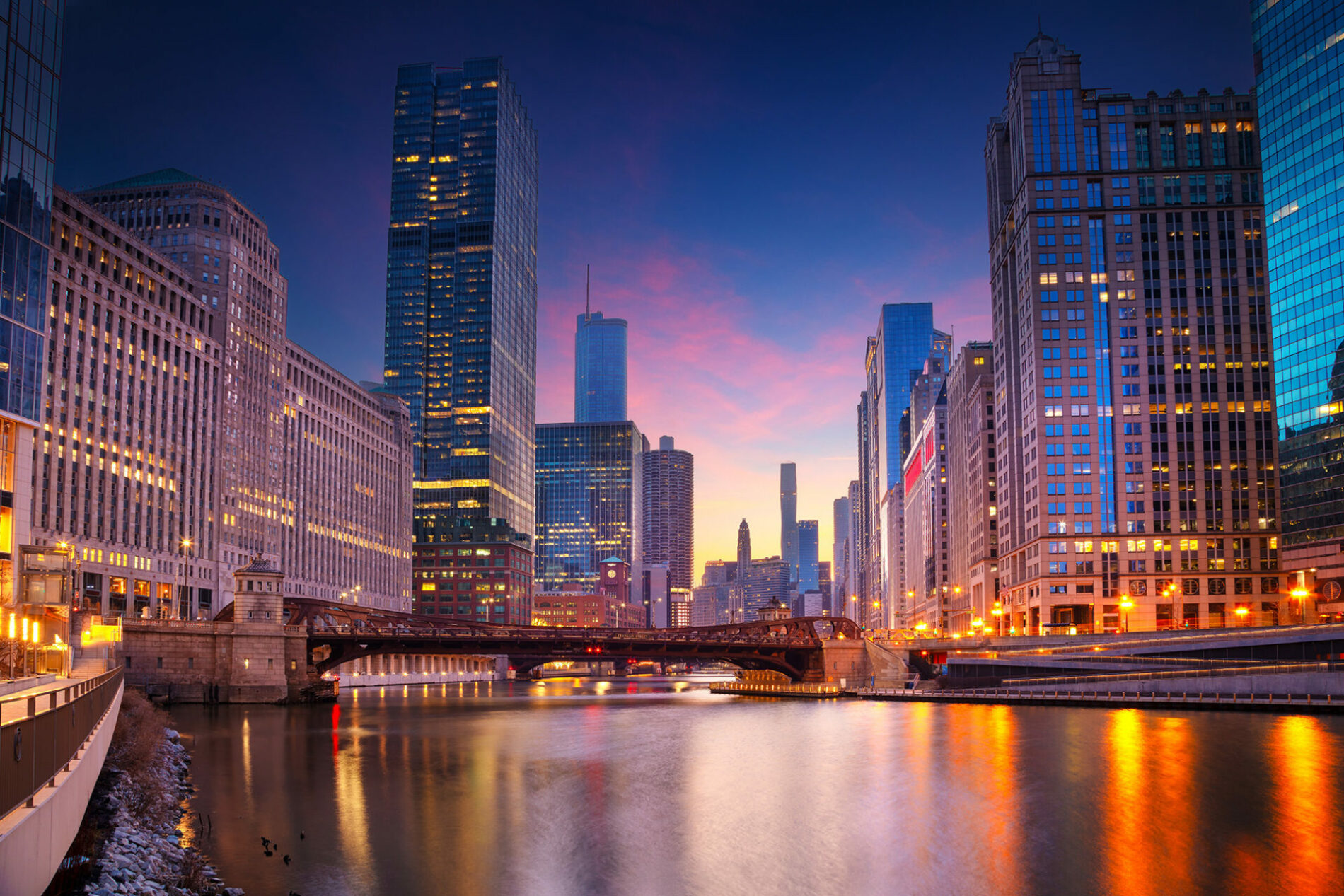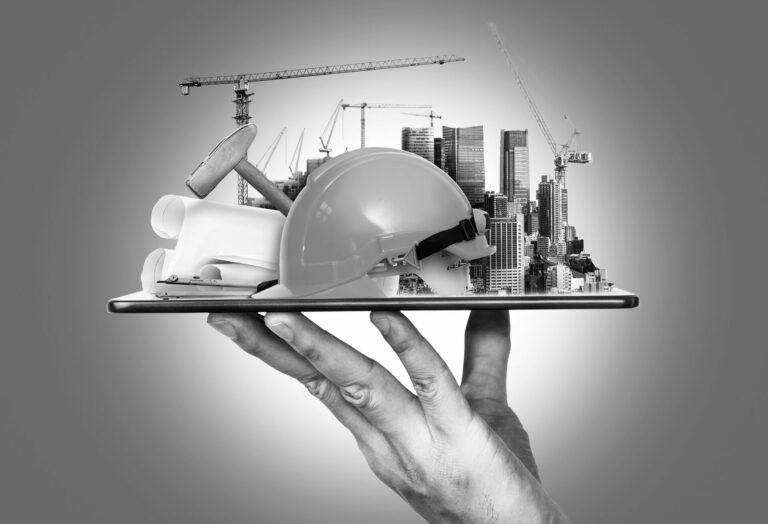Chicago, the city known for its soaring architectural feats, from the Willis Tower to the John Hancock Center, is about to welcome its most ambitious building yet—Salesforce Tower Chicago, a 60-story skyscraper will soon become the city’s first-ever zero-carbon building. Nestled in the heart of the vibrant River North district, this ground-breaking project is pushing the boundaries of sustainable architecture and urban development. Developed by Hines, a global leader in real estate and sustainability, Salesforce Tower will be a symbol of the future, aligning with the city’s climate goals and redefining what is possible in eco-friendly skyscraper design.

Salesforce Tower is not just another skyscraper—it represents a transformative shift in urban construction. The project aims to be the city’s first carbon-neutral building, which aligns directly with Chicago’s Climate Action Plan to reduce greenhouse gas emissions by 80% by 2050. Mayor Lori Lightfoot emphasized the importance of such projects, stating, “Chicago is leading the way in addressing climate change through policies and innovations that are reducing our city’s carbon footprint.”
Hines, the developer of Salesforce Tower, has a long-standing reputation for its sustainability efforts. The company’s CEO, Jeffrey Hines, said in a statement, “As the world moves toward a more sustainable future, we are proud to lead the way in zero-carbon construction with Salesforce Tower Chicago. Our goal is not just to create a building that is energy-efficient but one that demonstrates how cities can grow sustainably while reducing environmental impact.”
The tower’s commitment to zero-carbon operation aligns with Salesforce’s own corporate sustainability goals. As a company that has long championed environmental initiatives, Salesforce has committed to using 100% renewable energy across its global operations. Salesforce CEO Marc Benioff stated, “Sustainability is one of the core values of Salesforce. We believe that business is a powerful platform for change, and our new tower in Chicago is an example of how we can shape a better future for our planet through innovation and leadership.”
The Salesforce Tower will be equipped with several advanced technologies designed to minimize its carbon footprint, reduce energy consumption, and conserve resources. Among these features, geothermal cooling, rooftop solar panels, and energy-efficient glass stand out as critical components in the building’s environmental strategy.
One of the tower’s most innovative elements is its geothermal cooling system, which utilizes the Earth’s natural underground temperature to regulate the building’s internal climate. This technology not only reduces the reliance on traditional HVAC systems, but it also significantly cuts down on energy usage and emissions. According to Andrew Feinberg, managing director at Hines, “Geothermal systems allow us to tap into the Earth’s stable temperatures to cool the building more efficiently. It’s a key feature in reducing the tower’s energy demands.”
In addition to geothermal cooling, the building will feature solar panels on its roof to harness Chicago’s sunlight. This renewable energy will help power essential systems in the tower, further decreasing its carbon footprint. Benioff mentioned, “With rooftop solar panels, Salesforce Tower will generate clean energy on-site, ensuring that we reduce the building’s overall energy dependency.”
The tower’s exterior will be wrapped in energy-efficient glass designed to minimize solar heat gain while maximizing natural light. Feinberg explained, “Our use of high-performance glass means that we can reduce the need for artificial lighting and air conditioning while creating a comfortable, energy-efficient environment for the building’s occupants.” This helps lower overall energy consumption and contributes to the tower’s zero-carbon goals.

Water conservation is another critical focus for the Salesforce Tower. According to Feinberg, the building will capture and recycle stormwater, reducing its water consumption by up to 40%. “Our stormwater capture system allows us to recycle rainwater and use it for non-potable purposes like irrigation and cooling, significantly reducing the building’s water footprint.”
The Salesforce Tower project fits into Chicago’s larger strategy to tackle climate change. In 2019, Mayor Lightfoot released the Chicago Climate Action Plan, which commits to reducing the city’s greenhouse gas emissions by 80% by 2050, a goal that is in line with the Paris Agreement. Lightfoot has stated, “We are working tirelessly to make Chicago a national leader in sustainability, and projects like Salesforce Tower demonstrate how we can integrate cutting-edge technology into our infrastructure to make a meaningful impact on the environment.”
Chicago has already made significant strides toward this goal. The city is home to 11 LEED Platinum-certified buildings, more than any other city in the United States. Chicago’s Chief Sustainability Officer, Angela Tovar, commented on the Salesforce Tower’s significance: “This tower represents the future of urban development in Chicago. It’s not just about reducing emissions; it’s about creating resilient, livable cities that can withstand the environmental challenges of the future.”
Beyond its environmental achievements, Salesforce Tower will have a lasting economic impact on Chicago. The construction of the tower is expected to create thousands of jobs and generate millions of dollars in economic activity for the city. Alderman Brendan Reilly, who represents the River North district where the tower is being built, said, “This project will provide an economic boost for the neighborhood and the city at large. It’s encouraging to see such a high level of investment in sustainable infrastructure.”
“This project will provide an economic boost for the neighborhood and the city at large. It’s encouraging to see such a high level of investment in sustainable infrastructure.”
Once completed, Salesforce Tower will also house offices for Salesforce, creating new jobs in the city and attracting other tech companies and green-focused businesses to the River North area. Reilly added, “With Salesforce Tower leading the way, we’re confident that more companies will follow suit, making Chicago a hub for green tech innovation.”
While Salesforce Tower is a pioneering project for Chicago, it is part of a broader trend in global urban development. Cities worldwide are grappling with the challenges posed by climate change and rising urban populations. The UN estimates that by 2050, 68% of the global population will live in cities, making sustainable building practices crucial for reducing the environmental impact of urbanization.
Chicago’s skyscrapers have long been recognized as icons of architectural innovation, and the Salesforce Tower will be no exception. It is not just a symbol of the city’s past achievements, but a blueprint for the future of urban development. The zero-carbon design serves as a model for other cities aiming to balance growth with environmental responsibility.


















